Results
-
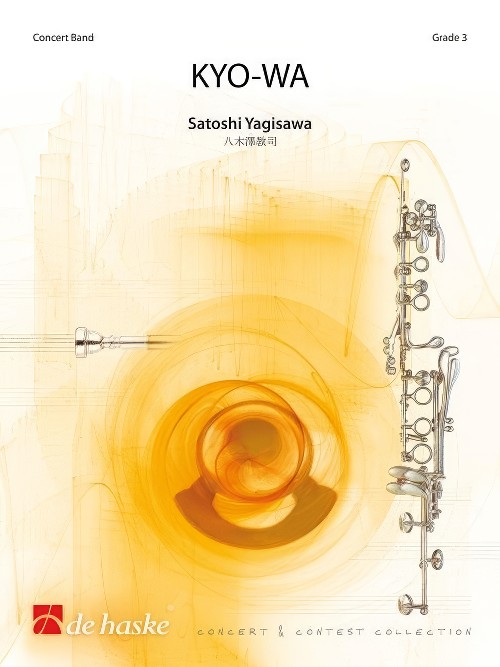 £149.99
£149.99Kyo-Wa (Concert Band - Score and Parts) - Yagisawa, Satoshi
KYO-WA is a suite in three movements - Fanfare, Chorale and March, which composer Satoshi Yagisawa wrote individually year on year between 2008 and 2010 for a symphonic wind band. The word KYO in the title can mean resonance, but also togetherness, working together and competition. WA means peace and harmony. These ideas, together with a broad palette of emotions from sadness and fear to hope and rapture, have been woven into a piece that is typical of his new compositional style.Duration: 11:45
Estimated dispatch 7-14 working days
-
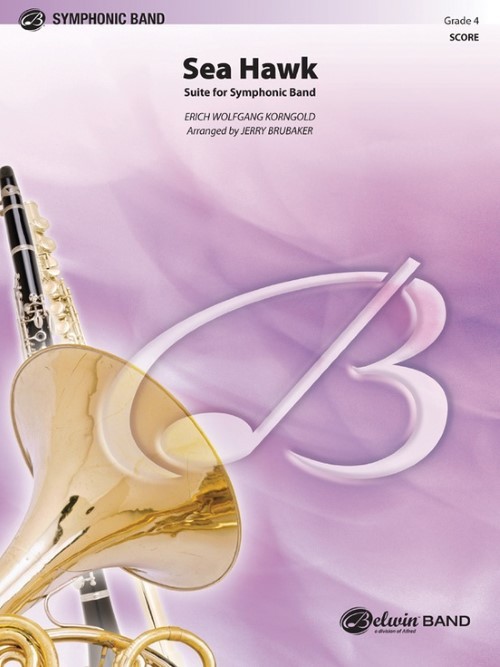 £84.50
£84.50Sea Hawk (Concert Band - Score and Parts) - Korngold, Wolfgang - Brubaker, Jerry
Erich Korngold's score to the Sea Hawk, written in 1940, plays more like a symphony than a soundtrack. Jerry Brubaker has created a picturesque suite for symphonic band of several of the majestic themes from this marvellous score.Duration: 4.45
Estimated dispatch 7-14 working days
-
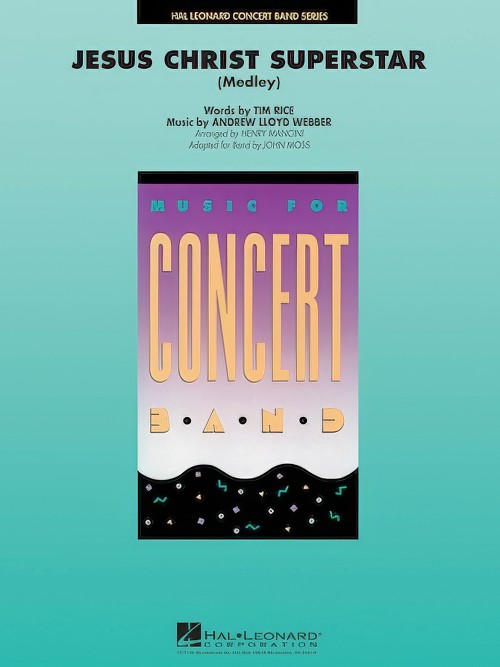 £79.99
£79.99Jesus Christ Superstar (Medley) (Concert Band - Score and Parts) - Lloyd Webber, Andrew - Mancini & Moss
Andrew Lloyd Webber's landmark musical from the early 1970's ushered in a new era of powerful rock-oriented music for the Broadway stage (and subsequent movie). The orchestral suite by Henry Mancini has long been a standout, and John Moss has adapted this version creating a wonderful setting for symphonic band.Includes:SuperstarEverything's AlrightKing Herod's SongI Don't Know How to Love Him
Estimated dispatch 7-14 working days
-
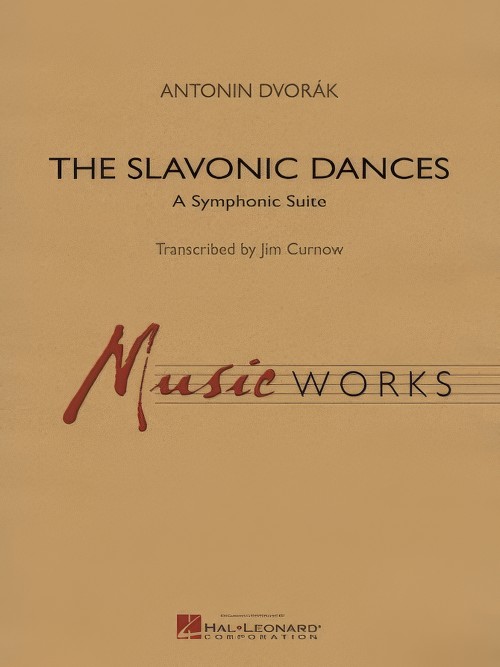 £89.99
£89.99Slavonic Dances (Concert Band - Score and Parts) - Dvorak, Antonin - Curnow, James
This monumental suite is one of the most impressive transcriptions ever published. Every note comes from the original Dvorak work, including the transitions from one dance to the next. Written for Dr. Harry Begian's last tour with the University of Illinois Symphonic Band, this powerful concert work lets every section of the band shine ... a must for mature groups.
Estimated dispatch 7-14 working days
-
 £68.99
£68.99Christmas Tidings (Concert Band - Score and Parts) - Del Borgo, Elliot
A bright and sparkling suite using the carols As With Gladness, Away in an Manger and God Rest Ye Merry Gentlemen, treated in a symphonic manner to capture the joy and warmth of the Holiday Season.Duration: 2.45
Estimated dispatch 7-14 working days
-
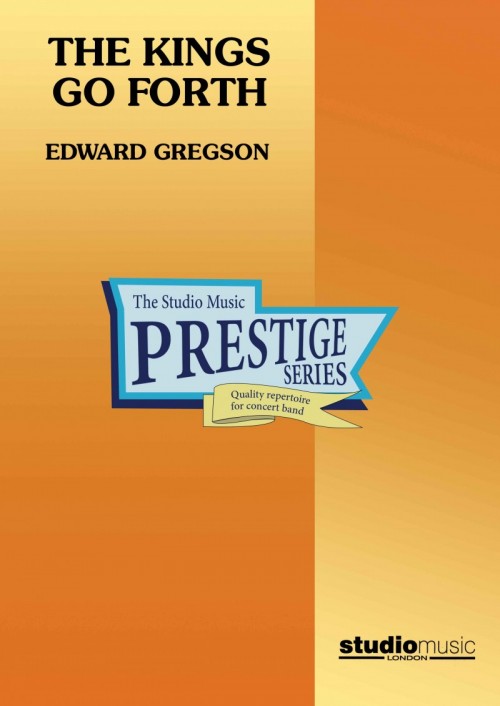 £44.95
£44.95The Kings Go Forth (Concert Band - Score only) - Gregson, Edward
This work was commissioned jointly by the Royal Air Force Music Service and an American Universities Consortium and received its world premiere during the 1996 RAF British Tour. It is scored for large symphonic wind band, with the addition of voices.The work is a sequel to the highly successful The Sword and the Crown which was premiered in 1991 by the mass bands of the RAF (and also was an RAF commission). That work was based on music written for the Royal Shakespeare Company productions of The Plantagenets and Henry IV, parts 1 and 2 (for productions between 1988 and 1991).The Kings go Forth is similarly based on musical material for those productions. It uses different thematic elements and incorporates them into a three-movement suite entitled: The Church; The People; The State.This reflects the fact that in Henry IV Parts 1 and 2, Shakespeare introduces The People as an important element in the dramatic structure. The Church and The State are, of course, both leitmotivs throughout the entire plays. An Agnus Dei is heard at the outset from a solo voice. The ensuing Dies Irae is a fast and, at times, quite violent dance. The two sections which form the basis of the second movement, The People, concentrate on popular elements and reflect to some extent the tavern scenes in the plays. The two ideas presented are a harvest hymn reflecting the country scenes set in Gloucestershire, and a jazzy, 'up-tempo' dance based on the medieval song, Sumer is icumen in. The third movement, The State, deals with the Kings theme in the title of the piece. The juxtaposition of battle music with funeral music for Henry IV and Henry VI leads to a reworking of the leitmotif from the beginning of the work. The final section is Coronation music for Henry V, eventually leading to a triumphant climax. - Edward GregsonDuration: 17.15Recorded on QPRM 125D Festival of Music 1996, Massed Bands of the Royal Air ForceRecorded on QPRM 134D The Kings Go Forth, Royal Northern College of Music Wind Orchestra
Estimated dispatch 7-14 working days
-
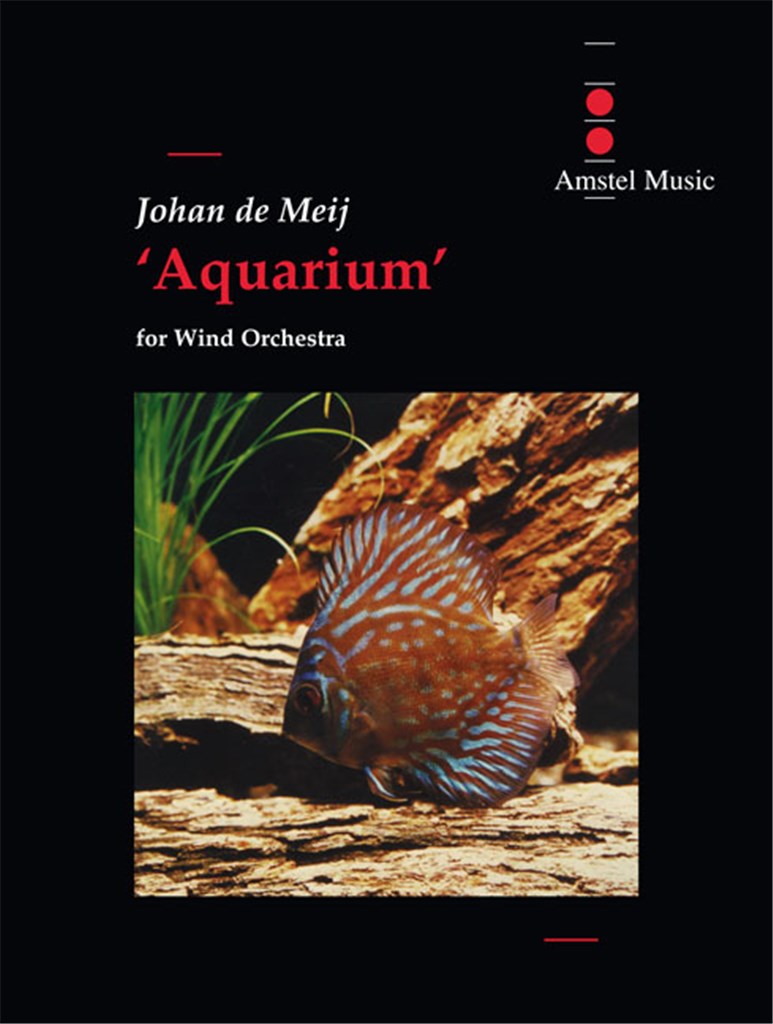 £128.00
£128.00Aquarium (Concert Band - Score and Parts) - De Meij, Johan
The Suite Aquarium is Johan de Meij's third composition for symphonic band and features six tropical fishes, each of them represented by a motif, and surfacing as such in several guises. The composition consists of three movements of which the second and third merge uninterruptedly into each other. I) Allegretto grazioso (Neon Tetra, Electric Eel and Angelfish) II) Andante / Adagio (Sea Horse and Zebrafish) III) Finale: Allegro giocoso (Guppy & Co.) The Neon Tetra motif functions as a kind of 'Leitmotiv' and describes the beautifully coloured, frisky fish: A number of variants have been derived from this theme and will also appear in the other movements. The Electric Eel in fact is not represented by a motif, but by a rhythm based on the restless electric pulses made audible in some aquaria. The Angel fish is represented by elegant cluster chords. In the second movement the Sea Horse emerges out of the water vegetation and starts a dialogue with the Zebrafish, which is represented by one melodic phrase in unison, getting more and more threatening by added parallel fifths and octaves. Simultaneously with the Sea Horse motif the Neon Tetra theme emerges, this time in 3/4 time and in Eb minor. The third movement starts with only two instruments (trumpet and xylophone), but as it is often the case with Guppies their number rapidly increases. Piccolo and Alto Saxophone introduce the Guppy Theme followed by several instrumental combinations. Every theme from the first movement 'swims by' once more, after which the principal motif leads us to a brilliant ending.Duration: 9.00
Estimated dispatch 7-14 working days
-
£120.00
ILLYRIAN DANCES (Concert Band) - Woolfenden, Guy
Includes:I. RondeauII. AubadeIII. GigueThis suite of three dances was commissioned by the British Association of Symphonic Bands and Wind Ensembles with funds provided by West Midlands Arts. The first performance took place on 26th September 1986 at Warwick University during the fifth annual BASBWE Conference. As with Gallimaufry, some of the thematic material is adapted from music originally written for productions with the Royal Shakespeare Company.The precise location of Illyria was not important to Shakespeare; what excited him was the resonance of the word itself and the romance of all far away, make believe places. Illyria is Never Never Land and the idea of inventing dances for such a place intrigued me.The opening Rondeau has a seven bar refrain with a rhythmic twist to it, which alternates with variants highlighting most sections of the orchestra. The Aubade is a gentle dance in ternary form featuring the flutes, with a hint of the dawn chorus at the close. The final Gigue is a rondo in six-eight time, with the recurring theme also appearing in counterpoint to the many subsidiary themes.Illyrian Dances is dedicated to my old and good friend Timothy Reynish.-GW
Estimated dispatch 7-14 working days
-
 £124.95
£124.95SWORD AND THE CROWN, The (Prestige Concert Band - Score and Parts) - Gregson, Edward
In 1988 I was commissioned by the Royal Shakespeare Company to write the music for The Plantagenets trilogy, directed by Adrian Noble in Stratford-upon-Avon. These plays take us from the death of Henry V to the death of Richard III. Later, in 1991, I wrote the music for Henry IV parts 1 and 2, again in Stratford. All of these plays are concerned with the struggle for power (the crown) through the use of force (the sword) and they portray one of the most turbulent periods in the history of the British monarchy.This work quickly became established in the mainstream repertoire and has received performances worldwide as well as five commercial recordings and many broadcasts. In 2002 I was approached by the Parc and Dare Band regarding their summer festival and commissioned to do a version for brass band. This was given its first performance in Treorchy Hall by the combined bands of Black Dyke and Parc and Dare conducted by Nicholas Childs.When the Royal Air Force Music Services commissioned me to write a work especially for their British tour in 1991 I immediately thought of turning to this music and transforming some of it into a three-movement suite for symphonic band.The first movement opens with a brief fanfare for two antiphonal trumpets (off-stage), but this only acts as a preface to a Requiem aeternam (the death of Henry V) before changing mood to the English army on the march to France; this subsides into a French victory march, but the English army music returns in counterpoint. Finally, a brief reminder of the Requiem music leads to the triumphal music for Richard Plantagenet, Duke of York, father of Edward IV and Richard III (the opening fanfare transformed).The second movement takes music from the Welsh Court in Henry IV (part 1) which is tranquil in mood; distant fanfares foreboding battles to come are heard, but the folktune is heard three times in different variations and the movement ends as it began with alto flute and gentle percussion.The final movement starts with two sets of antiphonally placed timpani, drums and tam-tam, portraying the 'war machine' and savagery of battle. Trumpet fanfares and horn calls herald an heroic battle theme which, by the end of the movement, transforms itself into a triumphant hymn for Henry IV's defeat of the rebellious forces.- Edward GregsonPerformance time 13'54"Recorded on QPRM117D FESTIVAL OF MUSIC 1991, Massed Bands of the Royal Air ForceRecorded on QPRM120D THE SWORD AND THE CROWN, Central Band of the Royal Air Force'Finale' recorded on QPRM142D FESTIVAL OF MUSIC 2002, Massed Bands of the Royal Air Force)
Estimated dispatch 7-14 working days
-
 £164.95
£164.95The Kings Go Forth (Concert Band - Score and Parts) - Gregson, Edward
This work was commissioned jointly by the Royal Air Force Music Service and an American Universities Consortium and received its world premiere during the 1996 RAF British Tour. It is scored for large symphonic wind band, with the addition of voices.The work is a sequel to the highly successful The Sword and the Crown which was premiered in 1991 by the mass bands of the RAF (and also was an RAF commission). That work was based on music written for the Royal Shakespeare Company productions of The Plantagenets and Henry IV, parts 1 and 2 (for productions between 1988 and 1991).The Kings go Forth is similarly based on musical material for those productions. It uses different thematic elements and incorporates them into a three-movement suite entitled: The Church; The People; The State.This reflects the fact that in Henry IV Parts 1 and 2, Shakespeare introduces The People as an important element in the dramatic structure. The Church and The State are, of course, both leitmotivs throughout the entire plays. An Agnus Dei is heard at the outset from a solo voice. The ensuing Dies Irae is a fast and, at times, quite violent dance. The two sections which form the basis of the second movement, The People, concentrate on popular elements and reflect to some extent the tavern scenes in the plays. The two ideas presented are a harvest hymn reflecting the country scenes set in Gloucestershire, and a jazzy, 'up-tempo' dance based on the medieval song, Sumer is icumen in. The third movement, The State, deals with the Kings theme in the title of the piece. The juxtaposition of battle music with funeral music for Henry IV and Henry VI leads to a reworking of the leitmotif from the beginning of the work. The final section is Coronation music for Henry V, eventually leading to a triumphant climax.- Edward GregsonDuration: 17.15Recorded on QPRM 125D Festival of Music 1996, Massed Bands of the Royal Air ForceRecorded on QPRM 134D The Kings Go Forth, Royal Northern College of Music Wind Orchestra
Estimated dispatch 7-14 working days
